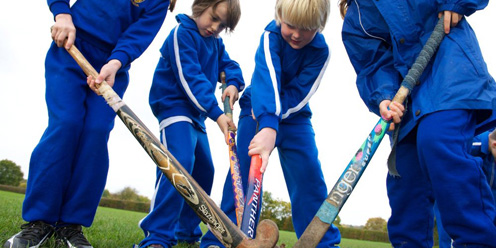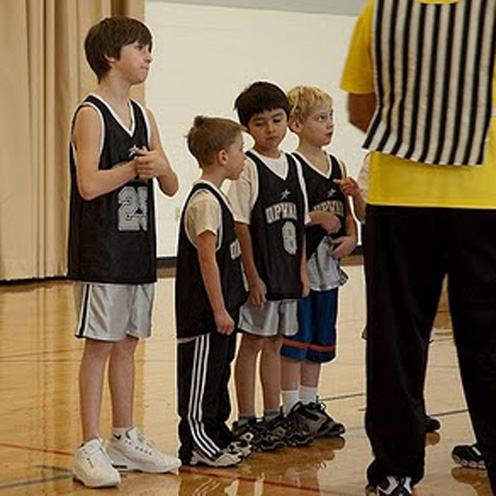IMPROVE MY GAME
Articles
The Matthew Effect - Relative Age Effect
The Matthew Effect
Over the past few years, researchers have been looking into the influence of birth dates on performance in athletics and academics. Because of the overwhelming amount of evidence growing in many professional sports today, many athletic development experts now believe birth date plays a huge role in determining who succeeds and who fails. They call it the Matthew Effect.

This effect was coined by the sociologist, Robert Merton, who named it after the bible passage Matthew 25:29.
“‘For everyone who has will be given more, and he will have an abundance. Whoever does not have, even what he has will be taken from him”(Matt 25:29)
It means that success comes to those who are successful thanks to their advantages. The Matthew Effect is evident in many areas of life. There is no denying that the Matthew Effect is true for students. Students who are good readers experience more success, and they are encouraged by that success to read more. As they read more, they become even more successful at reading. Their vocabulary and comprehension grows. Readers who struggle at decoding are less likely to want to pick up a book. They get much less practice and fall behind – often way behind – their peers. They fall behind in language arts classes and in content areas such as history and science.
Relative Age Effect
The Matthew Effect is very evident in many professional sports and in junior golf schools. The reason this happens is due to something called Relative Age Effect.
We know there is a difference between chronological and developmental age. Sometimes, that difference can be up to six years apart. Never the less, kids are typically grouped into chronological age for academics and athletics. Imagine if you were a football coach. You needed to pick a starting running back and it came down to, Steve and John. Steve is an early bloomer who is really three years developmentally ahead of his chronological age. John is a late bloomer, who is one year developmentally behind his chronological age. Let’s say the cutoff date to be on your team was January 1,2009. In other words, they had to be 9 years old or younger by January 1, 2009 to be on this team. Let’s say Steve was born January 2, 1999 and John was born December 31, 1999. Both boys are 9 years old on January 1, 2009, but chronologically Steve is really one year older than John. That means developmentally, there is a 5-year advantage for Steve if he is an early maturer and John is a late maturer. If that was the case, odds are no coach would choose John as starting running back.

This type of age-discrepancy phenomenon occurs too often and leads to the, “The Relative Age Effect”. It states that some kids have an unfair advantage based on their birth date in many aspects of life. We feel that this can happen in junior golf schools if they are using cutoff dates for participation requirements.
Most coaches scout by developmental age but are forced to group by chronological age. Add in the problem that most teachers confuse maturity with ability and the Relative Age Effect persists. Canadian psychologist, Roger Barnsley, suggested that three things are required for the Real Age Effect to occur:
- Selection - someone (in this case, a coach) must be selecting players based on ability.
- Streaming - once selected, players are placed into streams. These can be competitions, teams and training squads.
- Differentiated experiences - once in the streams, players receive different levels of coaching, competition and opportunity.
The last requirement stated by Barnsley, differentiated experience and occurs too often in golf schools. Coaches focus on more developed players and pay minimal attention to underdeveloped players. Coaches gravitate towards the most talented players since coaches feel those players might be the next Tiger Woods and ignore late maturers. But studies have shown that late maturers have the potential to be higher-level players since they are in the FUNdamental phases longer where engramming occurs at the highest level. Serena Williams is a great example of this.
Research also suggests that premature involvement in organized competitive sports can be counter-productive for the development of a child’s potential. Some studies have shown that before 10-years old children equate effort with ability. They think that if they try hard they will achieve success. However, between 10 and 13, children begin to develop an acute sense of their social hierarchy and develop a sense of their own ability based on this awareness. To this end, children who engage in overly-competitive sports too early can develop a sense that they will not achieve success because they equate their own ability against other individuals who may be more developed physically or have acquired greater skills.
As coaches and parents, we must be aware of this all too real phenomenon.